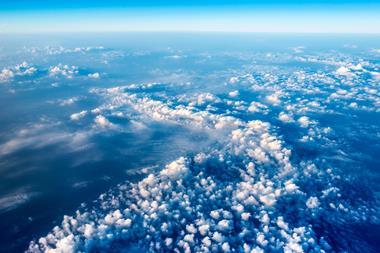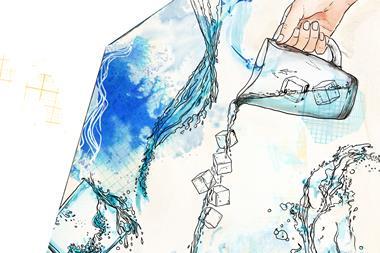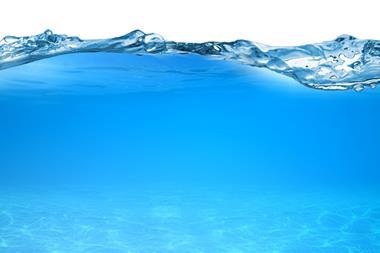The environmental chemist on addressing pollution of Navajo waterways from legacy mining, her life off the reservation and a puke green Datsun
Jani Ingram is an analytical and environmental chemistry professor at Northern Arizona University (NAU) whose work has addressed water contamination and environmental contaminants more generally. She has worked with Native American communities in her research, and she received the American Chemical Society’s Award for Encouraging Disadvantaged Students into Careers in the Chemical Sciences in 2018.
I was born and raised in a small town in northwestern Arizona called Kingman, and my parents were both teachers. As a middle child with an older and a younger brother, I grew up doing more boy stuff than traditional girl things. I played softball, basketball, volleyball, ran track, and more.
My mom is Navajo. I grew up off the reservation but used to spend summers there with my grandma and my family that lived on the eastern side of the Navajo.
When I was a kid, I wanted to be a Pittsburgh Steeler and my hero was Jack Lambert. He was a middle linebacker so that’s what I wanted to be. But it became clear that wasn’t going to happen.
Math was something I excelled at, so as a kid I imagined being a bank teller because I thought that would be a job where I could use math.
I was encouraged to go into engineering as I got ready to graduate high school. So that’s what I thought I would do, even though I really had no idea what an engineer did.
I played basketball and volleyball at community college, and I also met my future husband there – he was also a basketball player. We ended up moving from the community college to New Mexico State University. I started out in chemical engineering but decided that I liked chemistry more.
My first car was a puke green Datsun F-10. It was ugly, tiny and used. I got it as a high school graduation gift. I am 5’11”, my roommate in junior college was 6’1”, her boyfriend was 6’10”, and my future husband was 6’6”. We would squish into that thing; it was like a clown car.
My PhD research advisor was the only female in the department, and I saw the battles that she had to go through. Some of her colleagues were older men who would treat her a bit dismissively. And it seemed like she was married to chemistry – it was a 24/7 type of job and she did not have a partner or kids. She is an amazing scientist, but at the same time I felt like that’s not the life I wanted.
As a member of the Navajo Nation, when I came back to Arizona to work at NAU more than 20 years ago, it was a great opportunity to look at the legacy mining that’s happened out on the Navajo and potential contaminants and exposures.
I was able to really start making connections with the Navajo community to find out their concerns and learn more about where we should be sampling – water was the first place that we started.
About 30% of the homes on Navajo don’t have running water. They have to haul water for household use, and some of them haul from livestock wells that are not regulated. So, we did a lot of work on these unregulated wells because people weren’t monitoring them.
My students and I have sampled over 300 of these well sites. The mining that happened out on Navajo in the mid-1900s was uranium mining, so we have seen wells with levels of uranium that are higher than the drinking water standard. We have found even more wells that have levels of arsenic above the drinking water standard, and also manganese, which is considered an emerging contaminant because manganese exposure can cause neurotoxic effects.
We’re currently examining cancer incidence on the western side of Navajo. We are looking at where these folks live and whether there are elevated levels of things that potentially could cause cancer in the water, soil and dust, as well as potential exposures through food, like livestock and plants raised on the Navajo.
We’ve heard a lot from these communities about cancers in their families, but we didn’t really have hard evidence to connect the dots. And so that’s what this project is hoping to do.
My favourite place to work is the office bedroom in my house, as long as I don’t have laundry that I need to do. I don’t have so many distractions there, and I can go down to get my tea anytime I want.
The biggest threat to science is its politicisation. Instead of taking science at face value it’s now become aligned with a liberal outlook, whether it’s climate change, health care or environmental issues. It’s very frustrating as a scientist and as a chemist to talk to people who aren’t but demonise the science. It’s hard to have a discussion, and I think it’s getting worse.


















No comments yet